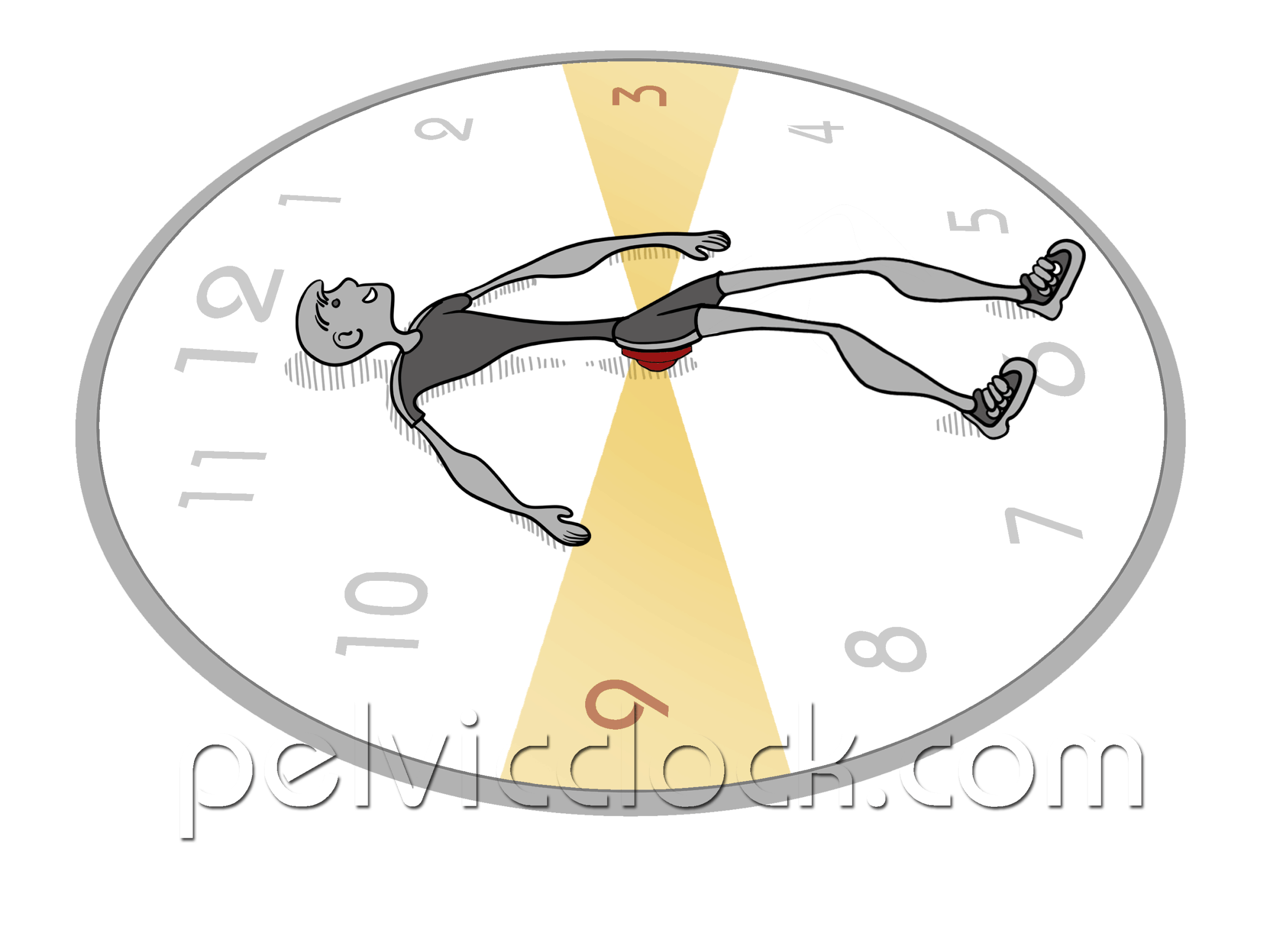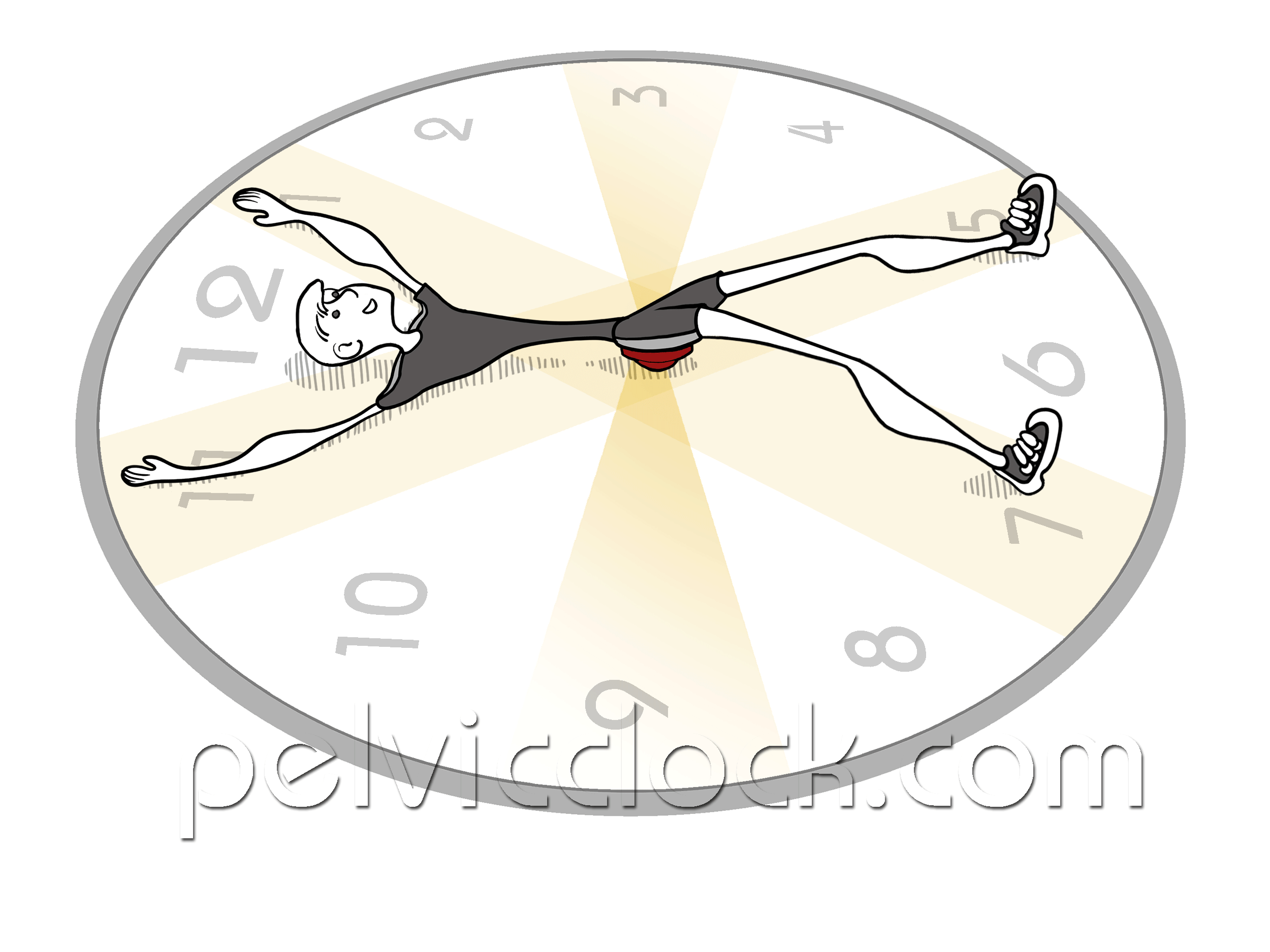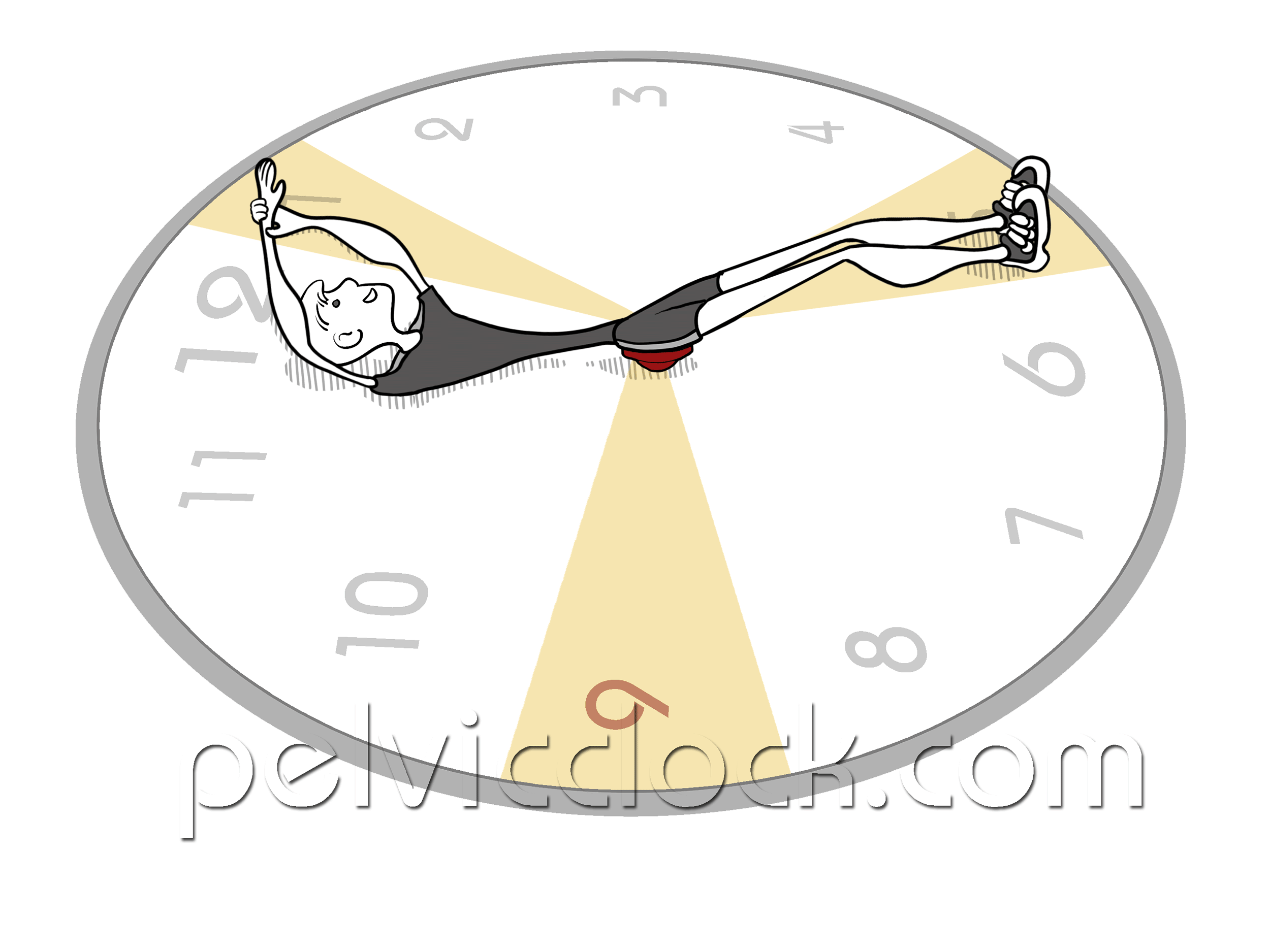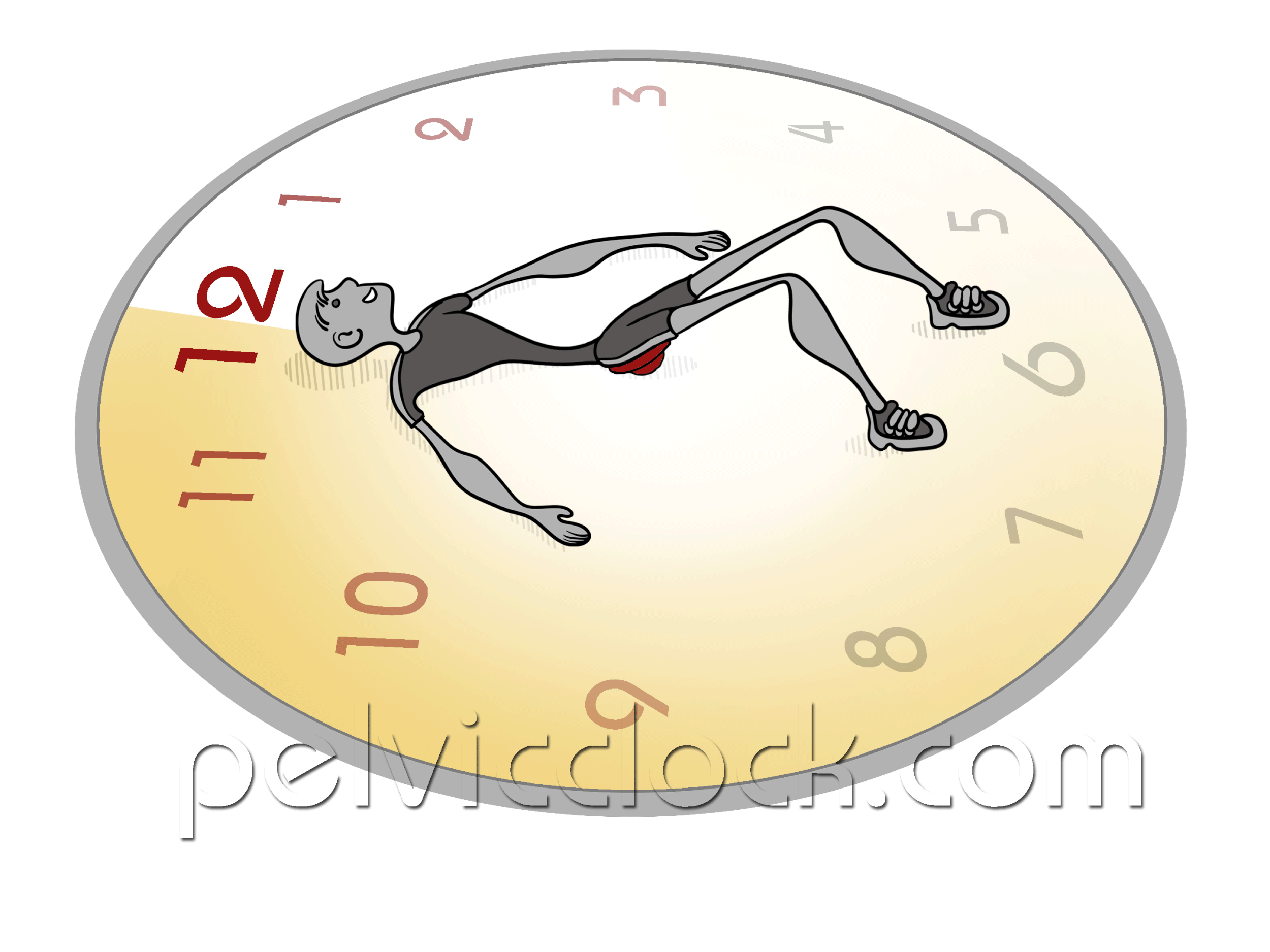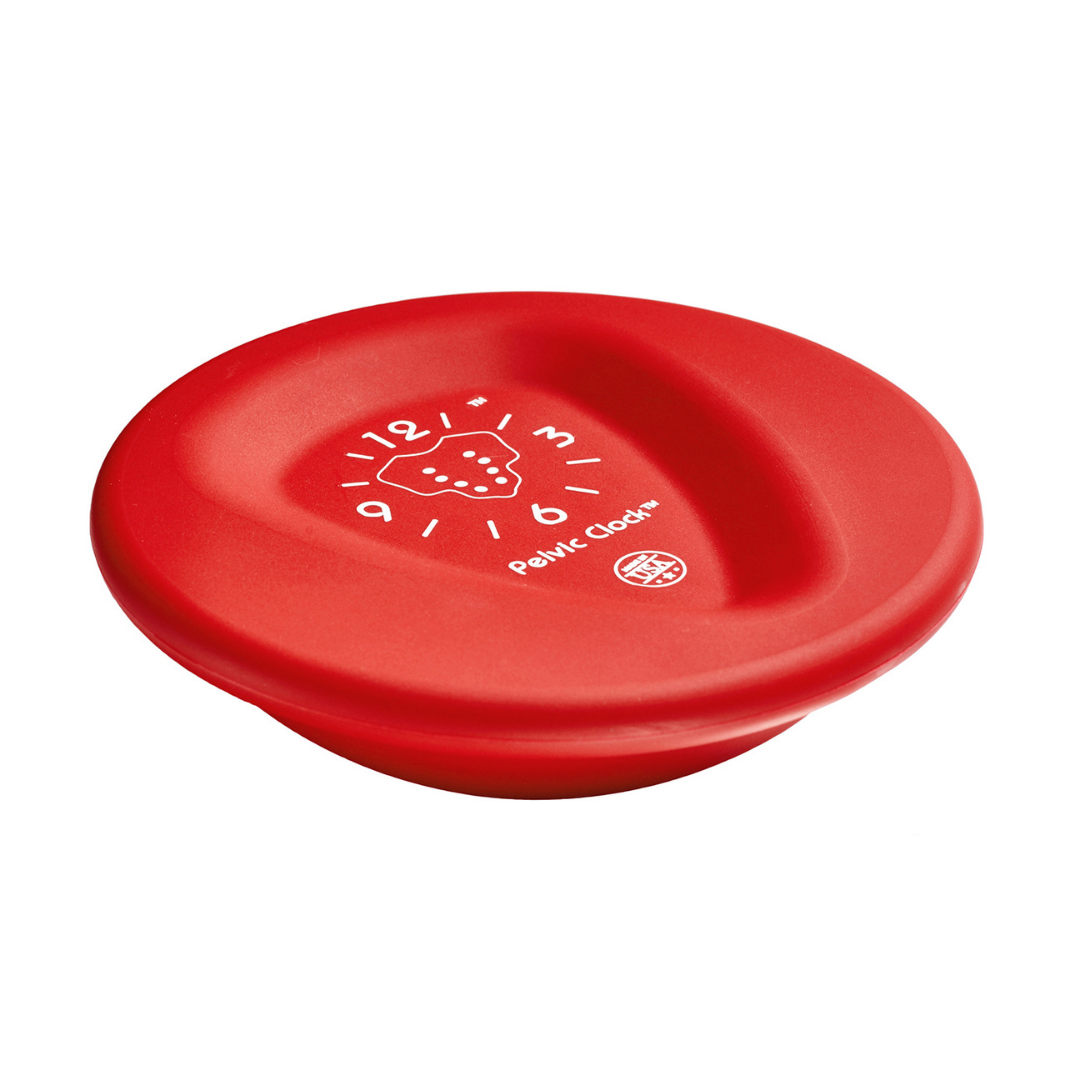Stretches and exercises for Chronic Hip Pain Relief
Igor Gershengorin
By Yana Blinova, MS, Inventor of Pelvic Clock® Exercise Device, Former Olympic Coach
The hip joints are a pair of symmetrical, large, weight-bearing joints surrounded by a strong structure of ligaments, tendons, nerves, and muscles. Theoretically, hip joints should last a lifetime. Whereas hip pain in adults under 50 has never been considered normal, the number of relatively-young people suffering from hip pain is on the rise.
There are a number of conditions associated with chronic hip pain:
Arthritis
Bursitis
Tendinitis
Hip fracture
These conditions have several causes, including:
A sedentary lifestyle (think a desk job and many hours of driving)
Sport injuries (overuse or direct impact)
Genetic predisposition to osteoarthritis
Poor body mechanics (gait)
Poor alignment of hip joints (poor posture may lead to uneven hips, an anterior pelvic tilt, or a rotated pelvis)
Mainstream medicine often ignores the correlation between poor hip alignment and hip pain. Doctors prefer surgical solutions to prevention. It’s no wonder, then, that physical therapy sessions often skip hip alignment exercises entirely. However, those familiar with yoga, Pilates, the Feldenkrais Method, the Alexander Technique, and other body-and-mind exercises know that regular hip alignment can significantly reduce chronic hip pain and prevent premature deterioration of hip joints.
When to Seek Treatment for Chronic Hip Pain
Discomfort, stiffness, and a loss of mobility in the hip joints are the first signs of impending inflammation. In many cases, inflammation and pain in the hips are preventable with the appropriate exercises. Why wait until it is too late? Why get an artificial hip when you have a chance to preserve your natural hips? All you need to do is learn hip exercises that you can perform at home.
Home Exercise Program for Chronic Hip Pain
A well-balanced exercise program for chronic hip pain relief and prevention must include exercises for:
Stretching
Strengthening
Hip alignment
However, just like fingerprints, every hip joint is unique. There are endless variations in the width of the hip joint space, shape of the joint, femoral neck angulations, and other characteristics. For this reason, there is no one-size-fits-all routine for hip pain relief.
The correct ratio of stretching and strengthening exercises is different for every person. Some people need to strengthen their hip abductors; others should focus on their hip rotators. Just as you wouldn’t cut your own hair, you need a qualified physical therapist to design a personalized exercise program for you.
Hip Alignment consists of gentle, low-impact stretching exercises. There is no risk of overexertion or mistakes. But it’s essential to do these exercises every day — because most people sit, sleep, and walk asymmetrically every day. The great news is it takes only five to 10 minutes to realign your hips with the Pelvic Clock® workout.
How to Get Started
Download the free PDF below to get started with Pelvic Clock® Stretches for Hip Flexors.
If your hips are uneven or your pelvis is tilted or twisted, download the Stretches and Exercises for Hip Alignment PDF.
Pelvic Clock® EXERCISES FOR HIP PAIN RELIEF
Exercise“3-9”with straight legs
The “3-9” exercise helps quickly release tight hip flexor muscles, restores hip mobility, corrects pelvic rotation, and improves posture.
Stretch your legs, relax, and rock your pelvis side to side following the 3-9 pattern.
Repeat 10 to 20 times.
“Cross” Stretch
The “Cross” Stretch is an advanced version of “3-9”. In addition to effectively releasing tight hip flexor muscles, it stretches the opposite shoulder.
Open and stretch your arms wide, placing them flat on the floor above your head. Please refer to our detailed exercise instructions if the video is not sufficiently self-explanatory.
Side Stretch
The Side Stretch helps correct a lateral pelvic tilt by targeting the quadratus lumborum (QL) muscles.
Stretch your arms and legs to the right. Tilt your pelvis to the left. Hold for 10 to 30 seconds. Then, stretch your arms and legs to the left and tilt your pelvis to the
right. Hold for another 10 to 30 seconds.
Exercise “12-6”
The “12-6” exercise helps correct an anterior or posterior pelvic tilt.
Ground your feet, take a deep breath, and tilt your pelvis forward toward the 6 o’clock marker (in the direction of your feet). Hold 6 o’clock position for three to five seconds. Exhale and tilt your pelvis back toward the 12 o’clock marker (in the direction of your head). Hold 12 o’clock position for three to five seconds. Repeat 10 times.
Focus on 6 o’clock position when trying to correct posterior pelvic tilt but the 12 o’clock position when trying to correct an anterior pelvic tilt.
Clockwise and Counterclockwise Rotations
Clockwise and counterclockwise rotations help improve muscle control and stabilize the pelvis.
Imagine that the axis of rotation extends from your belly button through the center of the Pelvic Clock device. Rotate your pelvis and hips in a circular direction around that center of rotation. Clockwise rotation follows a 12-3-6-9 pattern. Counterclockwise rotation follows a 12-9-6-3 pattern.
If you are serious about your health and want to obtain long-lasting results, you need to practice hip alignment exercises regularly.


